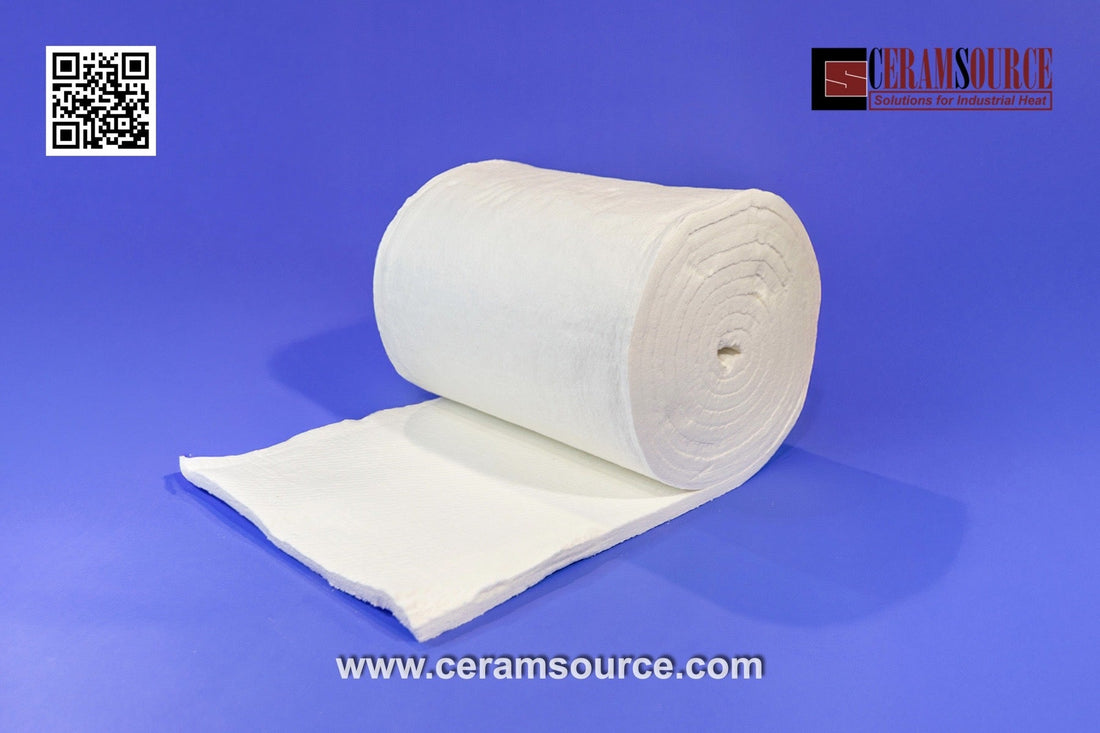
10 Benefits of Using Ceramic Fiber Blankets
Share
Ceramic fiber blanket
Here are 10 benefits of using ceramic fiber blankets:
-
High Temperature Resistance: Ceramic fiber blankets can withstand temperatures ranging from 1000°F to 2300°F (537°C to 1260°C), making them ideal for high-heat environments.
- Excellent Insulation: They provide excellent thermal insulation, reducing heat loss and improving energy efficiency in industries like manufacturing, power generation, and furnace operations.
- Lightweight: Ceramic fiber blankets are lightweight and easy to handle, which reduces labor costs during installation and application.
- Fire Resistance: They are non-combustible and provide a high degree of fire protection, making them suitable for fireproofing and safety in industrial settings.
- Chemical Resistance: Ceramic fiber blankets offer good resistance to chemicals, oils, and other industrial substances, increasing their durability in harsh environments.
- Low Thermal Conductivity: Their low thermal conductivity allows them to maintain temperature control while preventing heat loss or excessive heat gain.
- Easy to Install and Shape: These blankets are flexible, allowing them to be cut, shaped, or wrapped around complex structures, which makes installation in tight spaces more efficient.
- Non-Toxic and Safe to Use: Ceramic fiber blankets are generally non-toxic and pose minimal health risks when handled correctly, making them safe for use in industrial applications.
- Durability: They have long-lasting durability and can retain their insulation properties over extended periods, even under high-temperature conditions.
- Energy Efficiency: By minimizing heat loss, ceramic fiber blankets help reduce energy consumption, ultimately lowering operational costs in industrial processes.
These benefits make ceramic fiber blankets a versatile and effective choice for various industrial applications where heat, fire resistance, and energy efficiency are key priorities.
